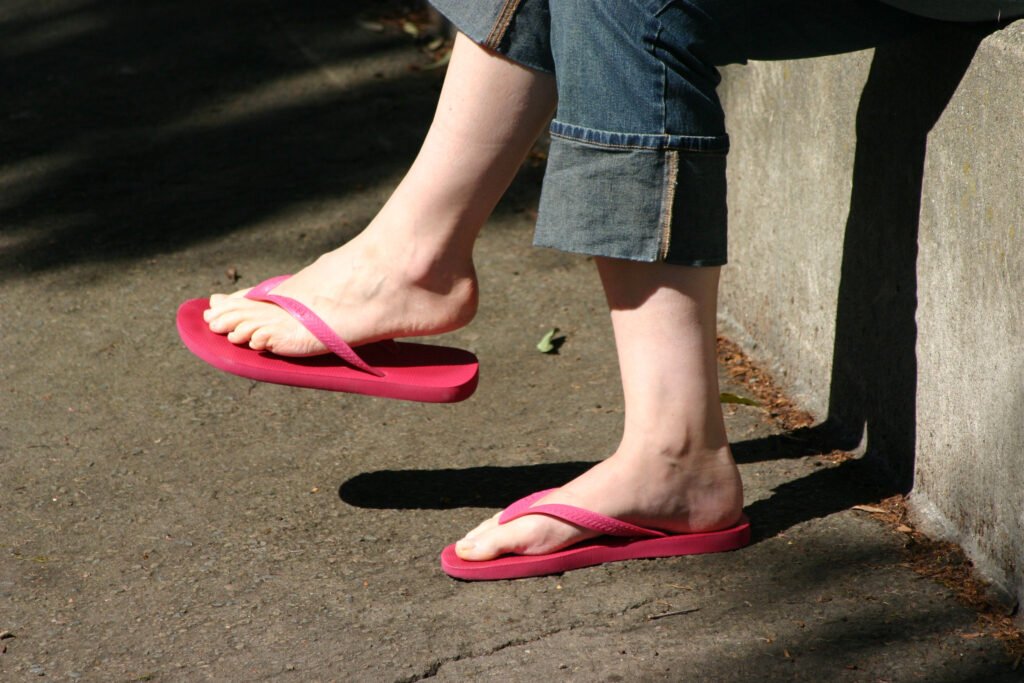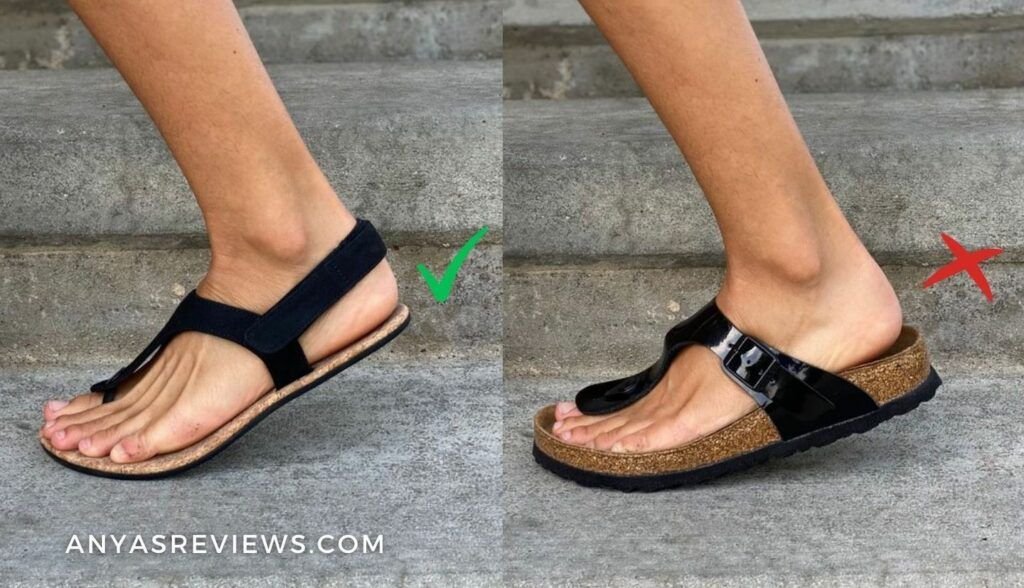Ditch the Thongs!
Hey Fascia Friends,
It’s officially Summer in California, and the heat seems here to stay, along with so many of you walking in with flimsy footwear. Am I judging you? Only the way a mother, albeit I’m just your “massage mom,” would. Because I know you all can do better and feel better. I get it; the allure of flip-flops or thong sandals is practically our state uniform—slip em on, and you're ready to hit the beach or dash to the store. But, as I’ve grown wiser and even witnessed an ankle dislocation from my mom donning a thong, I’ve turned my back on any sandal that’s too poorly designed not to have an ankle strap. Let me break it down for you.
Why Flip-Flops Flop
It’s all in the name: flip-flop. These sandals literally flip and flop off your feet, requiring constant toe gripping to keep them in place. This not only overworks the foot muscles but encourages them to function improperly. Most flip-flops lack adequate support, forcing your feet to compensate for the sandal’s deficiencies, leading to potential foot strain and misalignment.
A Slippery Slope
Flip-flops typically offer minimal traction, which increases the risk of slips and falls. Their flimsy structure makes twisting an ankle or suffering a sprain easier. Remember gym class lessons about wearing appropriate footwear? They apply to your daily shoewear too! Closed-toe, securely fitted shoes with an ankle strap are always safer for any physical activity.
Zoom in on this image; the large toe (hallux) grips the sandal even as the person is in a relaxed sitting position, creating micro-tension in the foot and causing the big toe to be continuously active.
Long-Term Consequences
Prolonged flip-flop use can disrupt your natural gait, causing your foot to collapse and altering the biomechanics of your walk. This can lead to a domino effect of stress throughout your body—from hammertoes to shin splints and Achilles tendonitis. The stress doesn’t stop at your feet; it climbs, potentially affecting your knees, hips, and spine.
Slide Sandals: meh
You might think slide sandals are a better option due to their additional strapping, but they’re not much different. Studies, such as one found in the NCBI database, show that slides and thongs similarly fail to provide essential ankle support, which is crucial for stabilizing your steps and preventing injuries.
The Ideal Summer Sandal
While many of you know I’m a big advocate for natural foot functions and barefoot and wide-toe shoes, I recognize that everyone has unique health needs and preferences. When choosing sandals, opt for styles with sturdy heel straps or closed backs to prevent excessive movement and provide stable support.
Transitioning to Better Footwear
Switching to more supportive footwear requires care and time:
Break in New Sandals Gradually: Wear them indoors with socks initially.
Use a Ziplock Bag Trick: To stretch new sandals, fill a bag with water, place it in the sandals, and freeze them.
Apply Anti-Chafing Gel: This prevents blisters during long walks.
Air Out Sandals: Ensure they dry completely after use to avoid odor.
Final Footnote
While flip-flops and slides might be convenient for quick errands, their lack of support makes them unsuitable for extensive use. Reserve them for minimal activities like taking out the trash or showering at communal facilities. For everything else, invest in footwear that respects and supports the complex mechanics of your feet. Remember, your feet carry you through life—treat them well!







